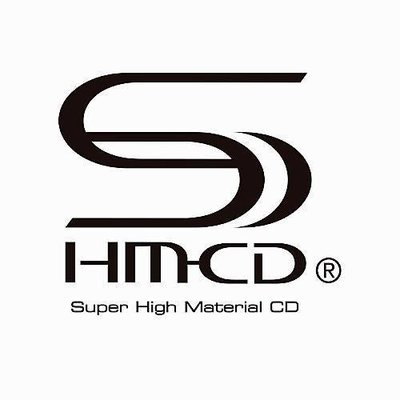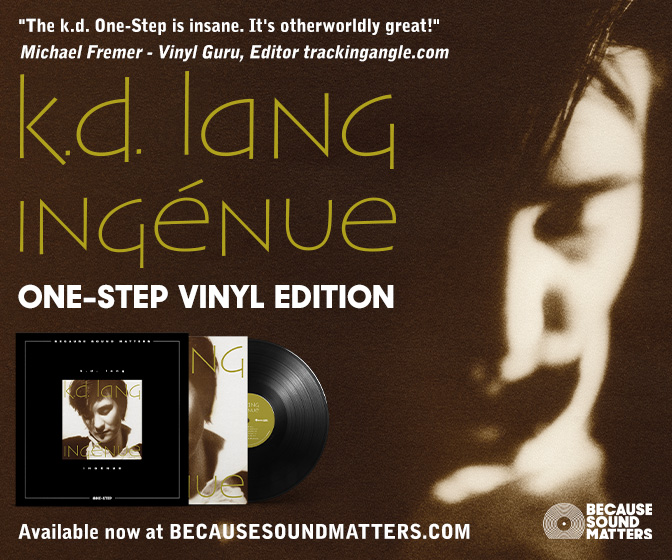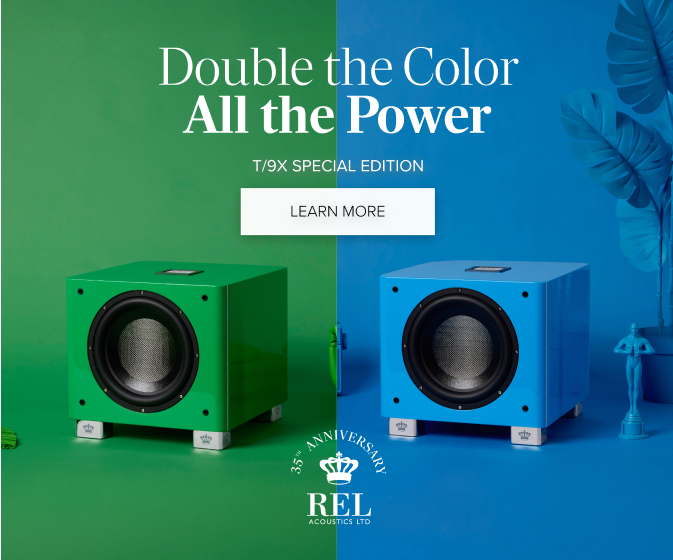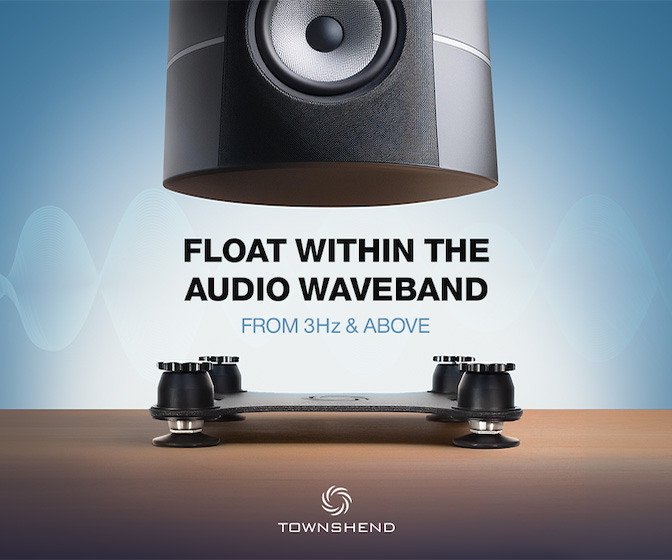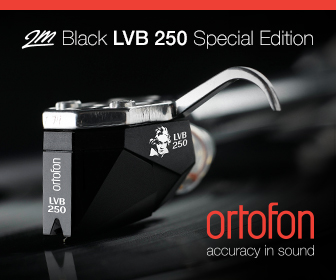SHM-CD: An Improvement?
Diving into JVC Kenwood's Super High Material CDs
My dive into specially-manufactured Japanese CDs didn’t start so well, with the Sony Blu-spec CD2 format turning great recordings into fatiguingly bright, glorified white noise. But I’d already committed to trying those other Japanese CD formats too, so while still somewhat skeptical I hoped that these other CDs wouldn’t be a complete waste. Today’s feature centers around the SHM-CD, frequently used by the Japanese branches of Universal and Warner Music.
What is SHM-CD?
Developed by JVC Kenwood, the Super High Material CD, or SHM-CD, first hit the market in 2007. (If you’re not familiar with the basics of how CDs are made, read the previous Blu-spec CD2 feature.) JVC Kenwood claims that instead of the standard CD polycarbonate, they use a higher quality polycarbonate developed for LCD screens. A supposedly better injection molding system combined with the more transparent material means that the polycarbonate more precisely forms the data “pits” and upon playback, reduces jitter and better focuses the playback laser for a more accurate reading (or reduces birefringence). JVC Kenwood also touts reduced distortion and “improvement in bass range volume.” Are they talking about better signal to noise ratio? The marketing features several graphs to demonstrate the SHM-CD’s apparent superiority, though some hardly make any sense. Look at the graph below; on what scale are they measuring these things?
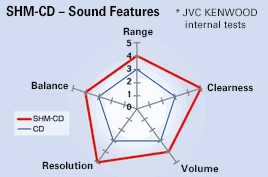
Listening
I’d already heard a few SHM-CDs that I enjoyed, such as the 2016 remaster of Fishmans’ Long Season, which sounds so good that you forget it’s a CD. However, it’s already a great recording and since it was done on computers in 1996, the CD is master resolution. I’ve never heard any other CD of that album but the SHM is very good.
I started this test with the 2004 remaster of Brian Eno’s Another Green World, comparing the 2015 SHM edition with the 2017 EU repress done at Optimal Media. While the sound of the Optimal one was good to begin with, the SHM-CD was absolutely transfixing. The whole presentation felt more organic and cohesive without sounding thick or particularly soft. Backgrounds were quieter in the way that a high-quality record is, Eno’s voice was more lifelike, and it all had this liquid characteristic that served the music incredibly well. The SHM had better instrumental separation yet also felt more whole. One could argue that the Optimal CD has sharper detail and superior imaging, but in a way that makes each sound isolated from the overall work. The SHM revealed its more natural detail with long term listening. The Optimal CD will end up with a friend who will hopefully love the music and sound as much as I do, but on my system with the Arcam CDS50 I can hear the improvement of the SHM-CD.

More listening revealed that the SHM sound that made the Eno disc so great doesn’t quite work for everything. I bought the SHM 2CD (standard packaging) of John Lennon’s Gimme Some Truth compilation, which features Paul Hicks’ very warm recent remixes. Compared to the internationally-distributed box set’s Sony DADC Austria-pressed CDs, the SHM had more vivid imaging on musically simpler tracks, yet brought out too much detail in busier mixes. My ears couldn’t find what to focus on and simply tuned out instead. Still, the SHM had more robust yet controlled bass, and while I preferred the EU CD on most of these tracks, I don’t think anyone would regret purchasing the SHM.
Well-recorded jazz can very clearly expose the sonic deficiencies in anything, so I compared the SHM-CD of Bill Evans’ You Must Believe In Spring with the hybrid SACD. Both use the recent Plangent-processed remaster. Evans’ piano had more realistic decay on the SHM-CD than the Red Book layer of the hybrid SACD (pressed by Sony DADC Austria), though the SHM had some lower midrange grain. I wouldn’t describe the SHM characteristic as bright, though the right-panned hi-hat was sharper on the SHM and not exactly in a detailed way. Generally, I found the SHM You Must Believe In Spring appealingly smooth but too soft for long-term enjoyment. Of course, the SACD’s DSD layer was a step above both its Red Book layer and the SHM-CD, with better space and greater dynamic contrast. Comparing with an SHM-SACD would be interesting, though it seems that Universal Japan has slowed down with those.
Conclusion
The SHM-CD works really well for some recordings and not so well for others, though your mileage may vary. It’s noticeably more detailed than standard CDs, though more detail isn’t always best and for those who have midrange-rich systems, the SHM’s very liquid sound might become too smooth. Still, I didn’t find the SHM difference as intrusive as the BSCD2 difference; even if the standard CD of something is better than the SHM, the SHM will certainly suffice. Knowing this, I’ll buy some things on SHM-CD but get standard CDs for others; I can’t make a blanket generalization on what’s “better.” As always, you’ll have to choose for your ears and your system based on what music you’re listening to.


